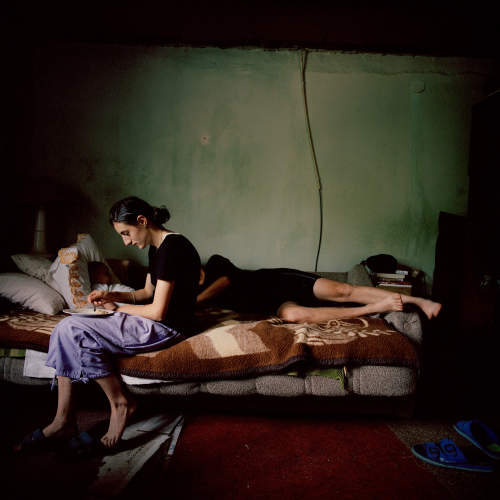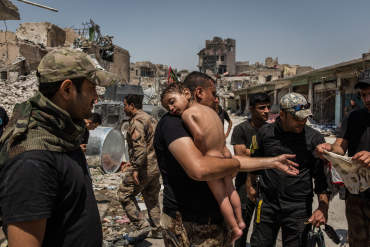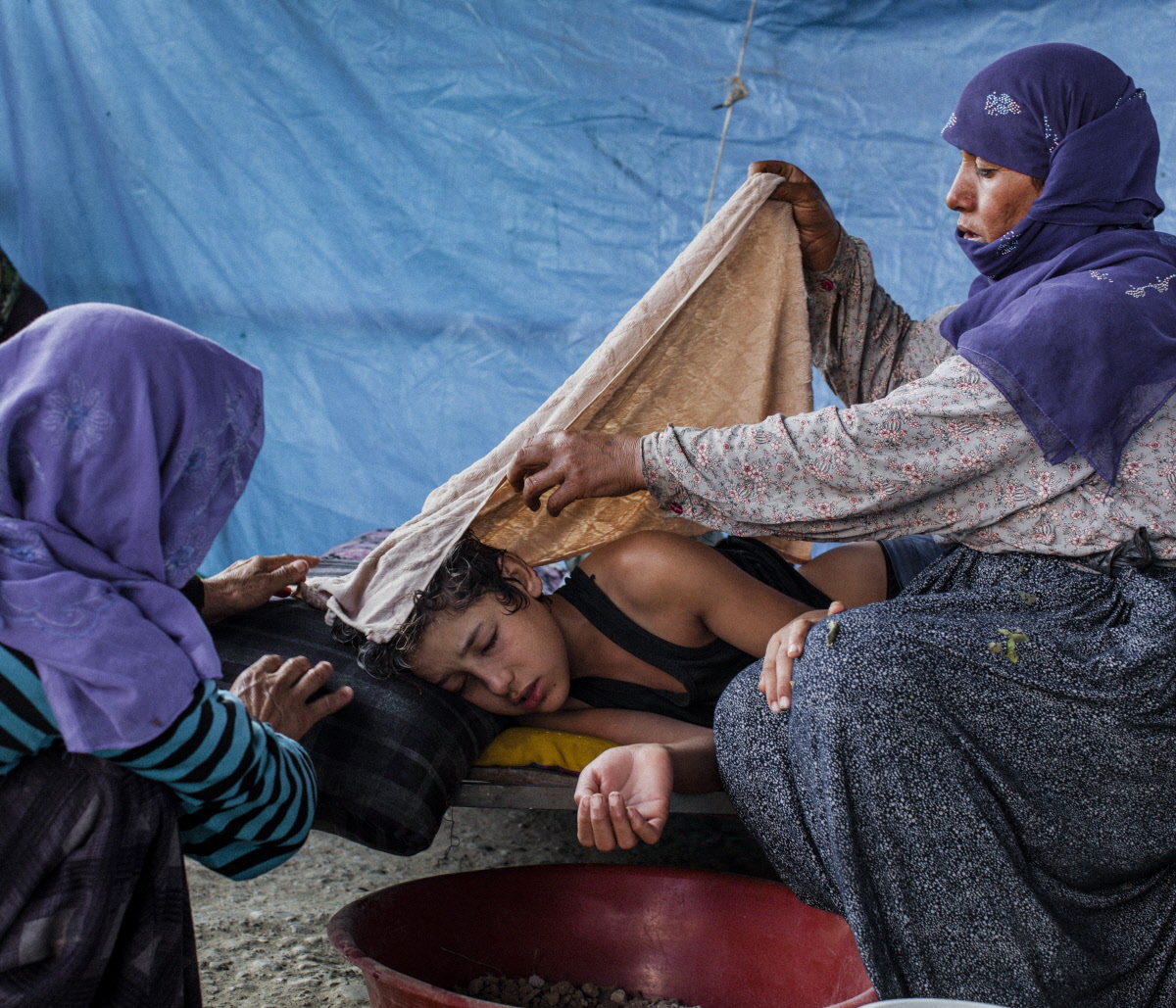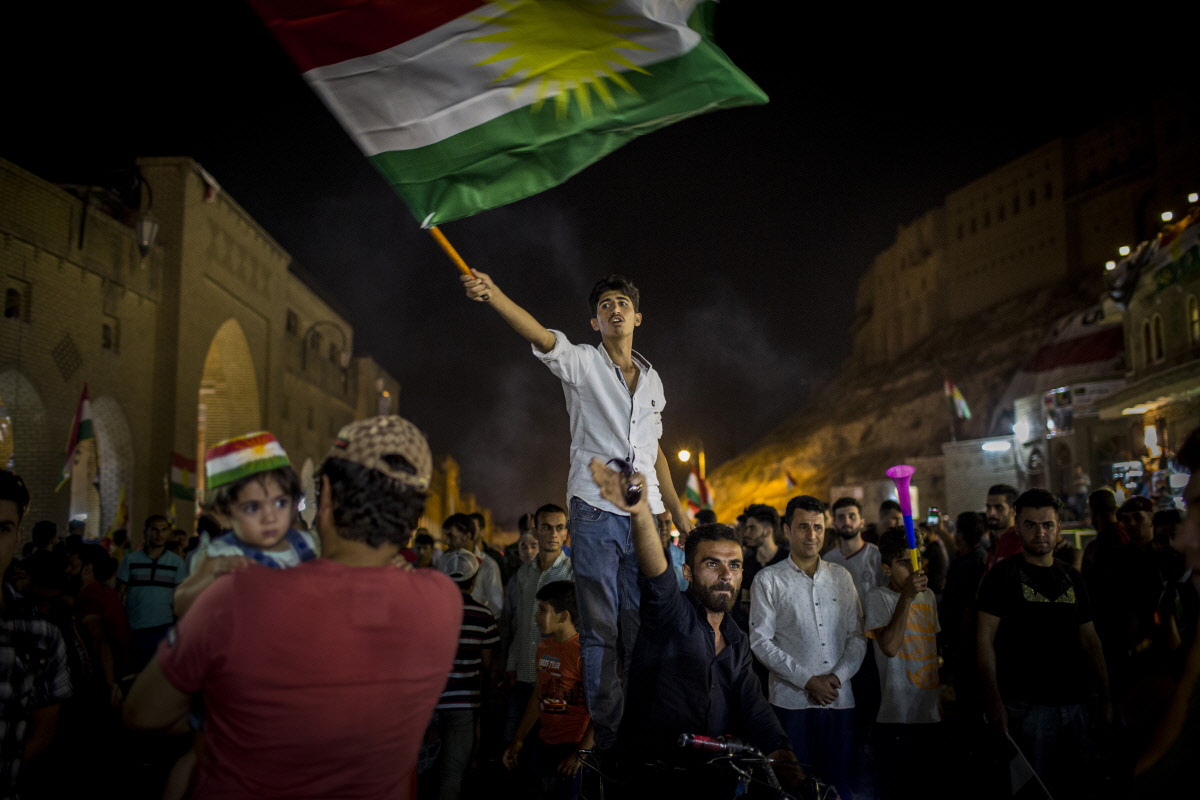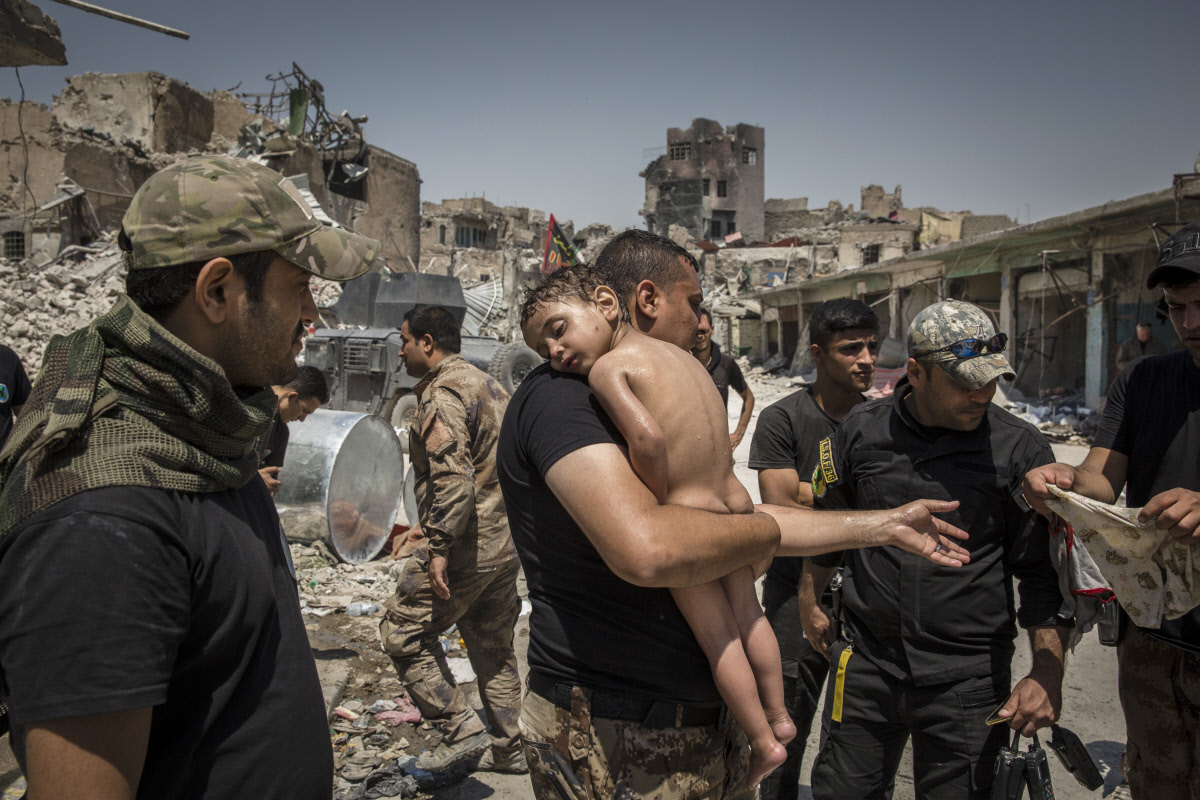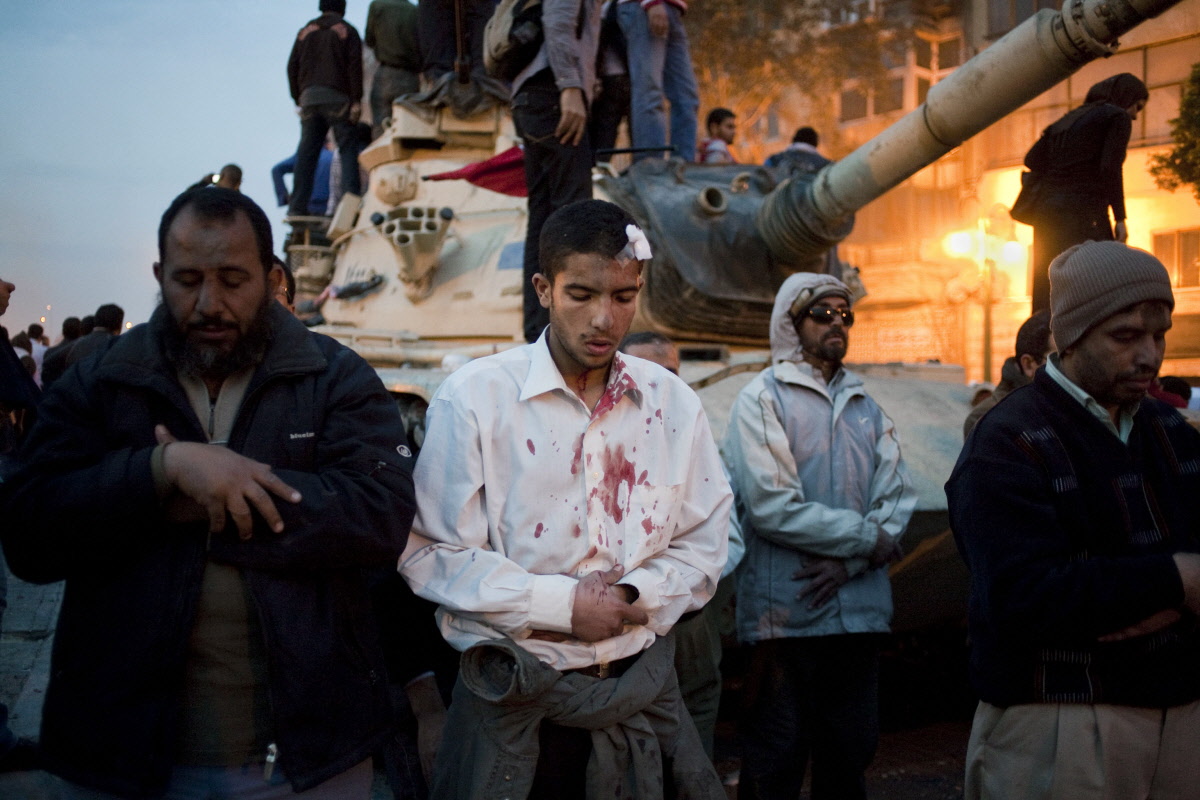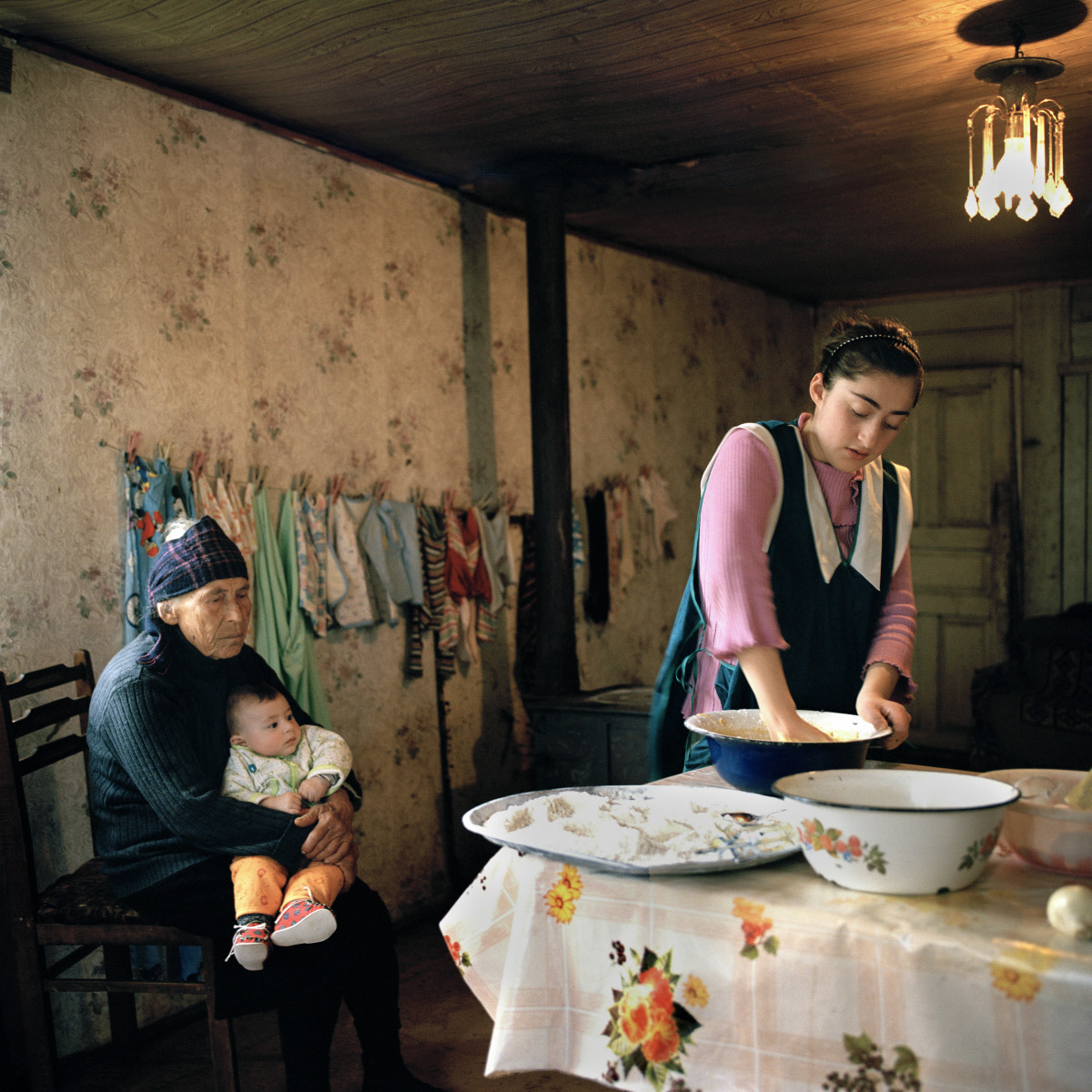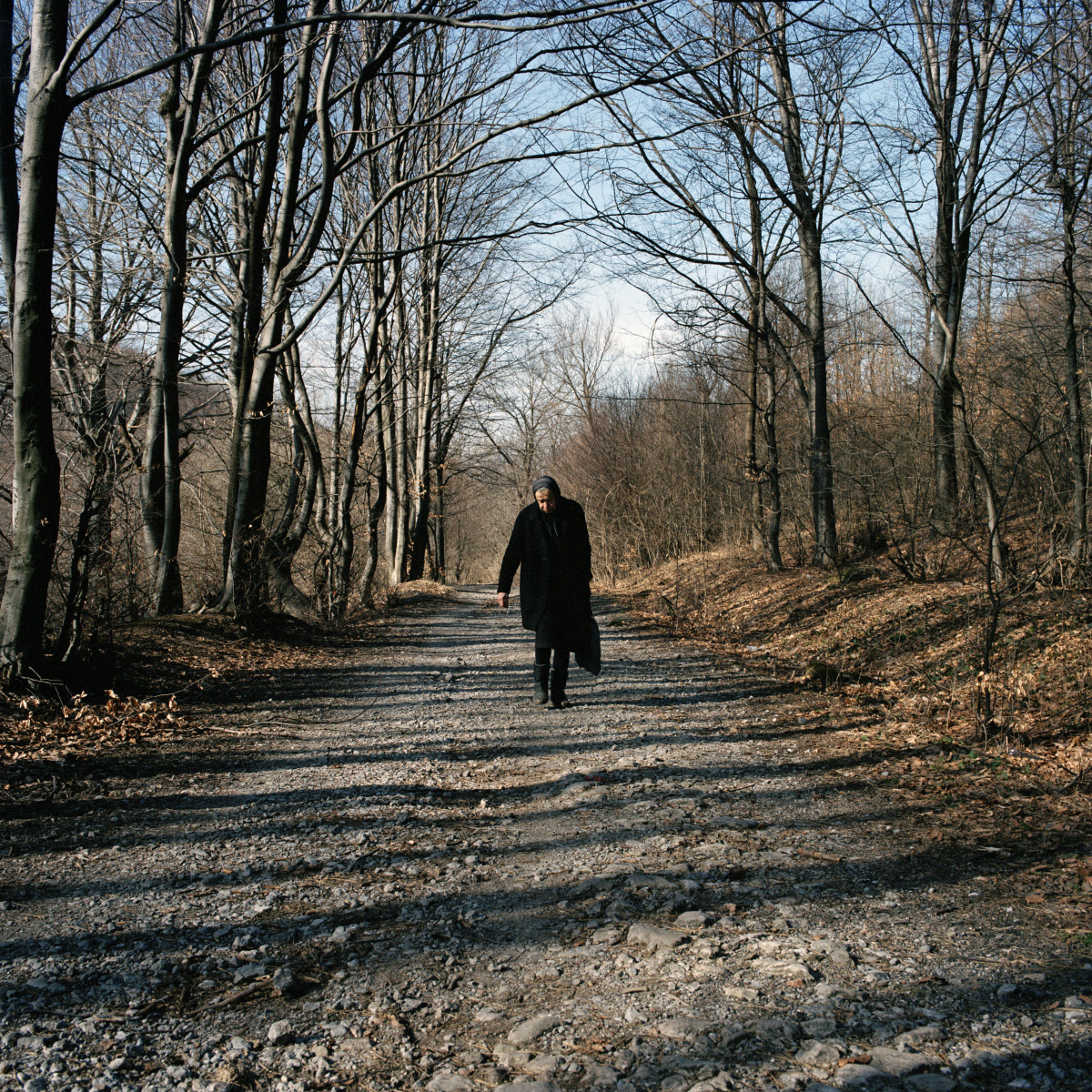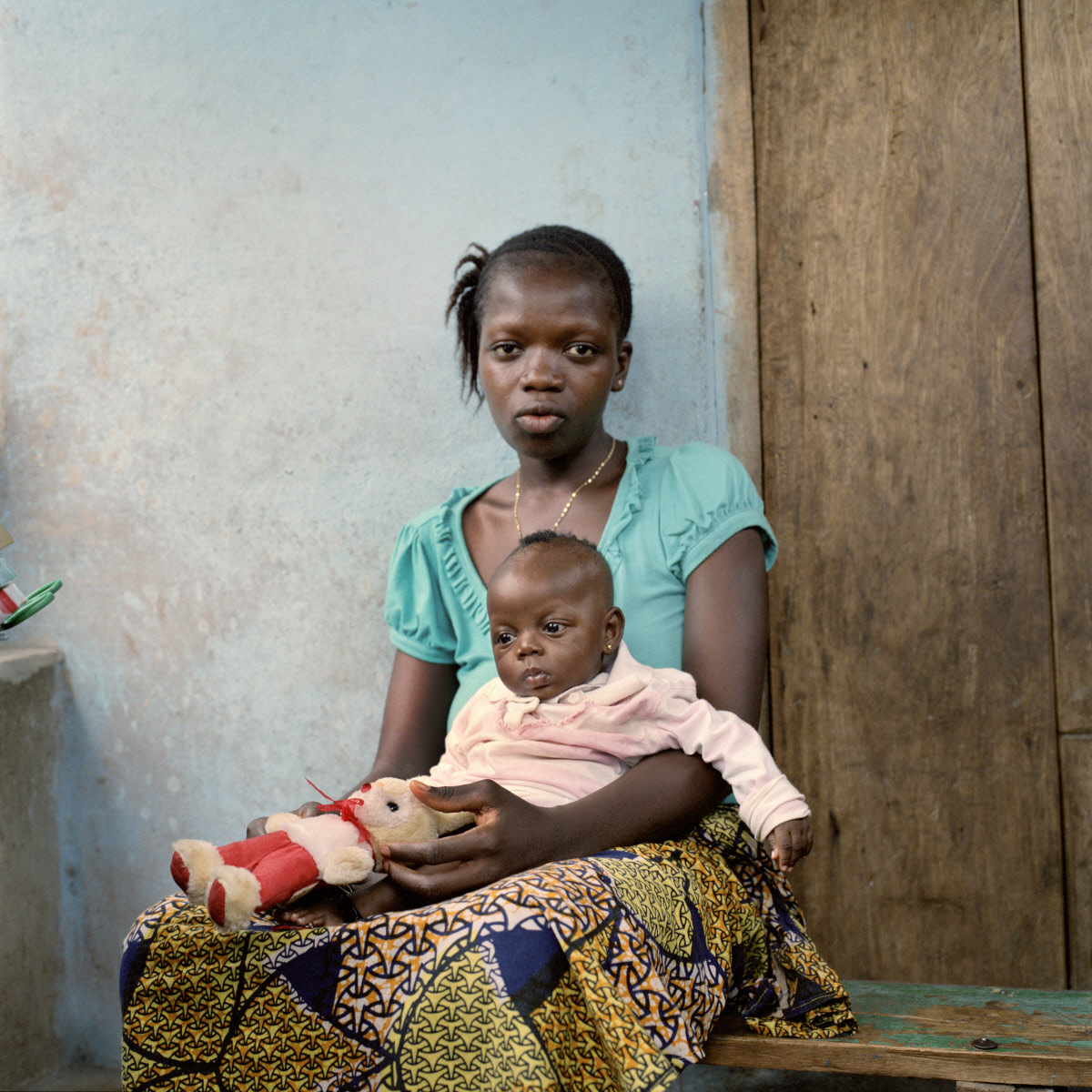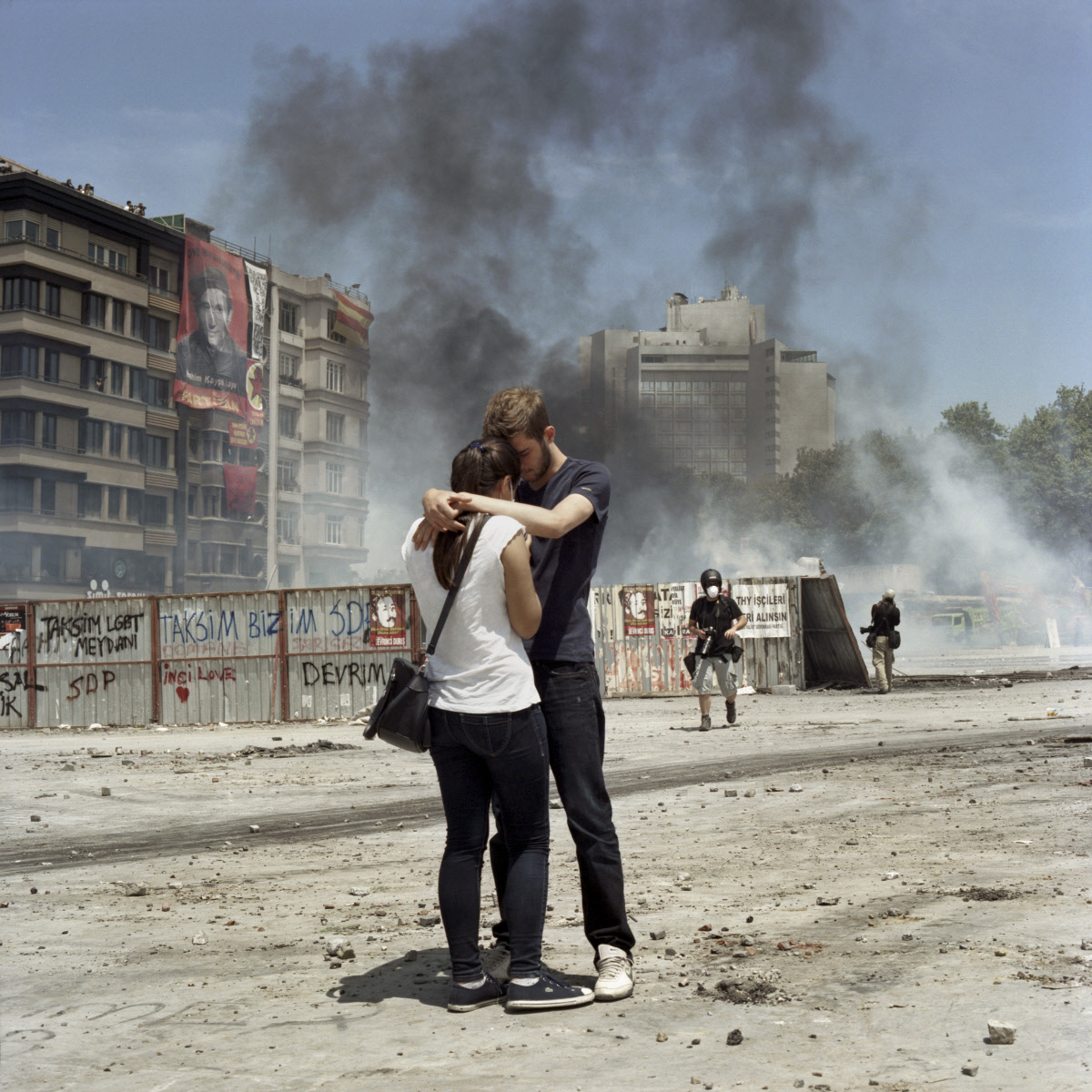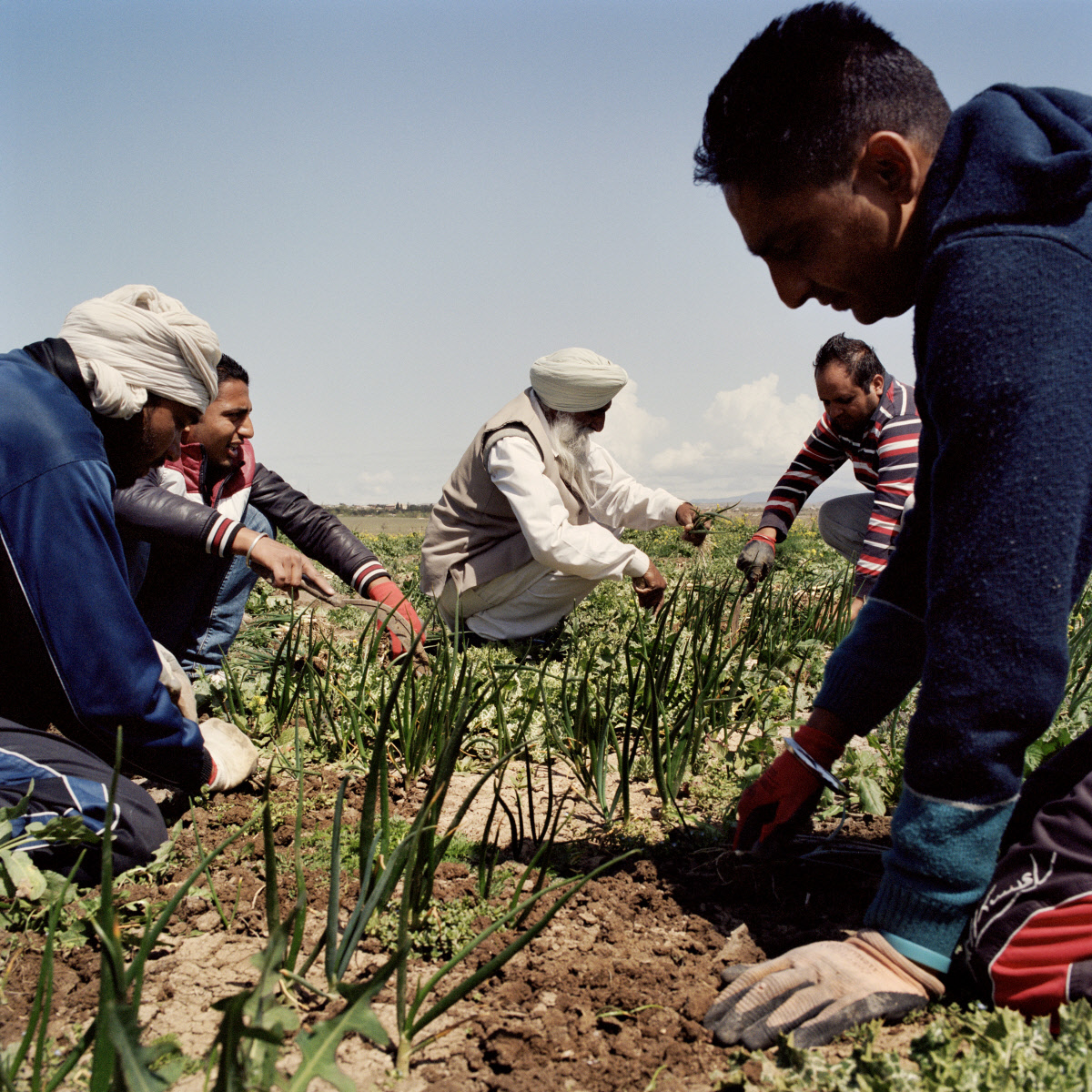Biography
Irish, 1983
Most recently Ivor’s work has focused on the fight to defeat ISIS in Iraq and Syria. Working exclusively for the The New York Times he spent months on the ground reporting in both words and pictures.
His work in Iraq and Syria earned him first prize in the General News Stories category of the 2018 World Press Photo and he was named as a finalist in the Breaking News Photography category of the Pulitzer Prizes. The entire body of work titled ‘End of the Caliphate’ is due to be released as a book by German publisher Steidl in 2019.
Based in the region since 2009 Ivor documented the 'Arab Spring' uprisings in Egypt and Libya, working simultaneously on editorial assignments and his own long term projects.
Travelling to more than ten countries between 2012 and 2015 he documented the Syrian refugee crisis in the region as well as Europe, working closely in collaboration with UNHCR to produce the body of work ‘Seeking Shelter’
‘Dreams of a Homeland’ is the result of spending extended periods of time in northern Iraq and Syria with the Kurdish people striving for recognition in the region.
With a particular interest in the aftermath of war and its humanitarian consequences, his early projects focused on stories of displaced people throughout the Balkans and Caucasus and culminated in the form of ‘Returning Home’.
Ivor’s work has been recognised through a number of prestigious awards including The World Press Photo, The Pulitzer Prizes, The Overseas Press Club Awards, Pictures of the Year International, Foam Talent, The Taylor Wessing Portrait Prize and The Ian Parry Scholarship.
His pictures have been exhibited widely at institutions such as Foam Gallery Amsterdam and The National Portrait Gallery London. He is represented by Verbatim Images in New York and his archive is managed by panos Pictures in London. He is a European Canon Ambassador and holds a degree in Documentary Photography from the University of Wales Newport.
-
Featured Story
Ivor Prickett covered the fight against ISIS forces across Syria and Iraq between 2016 and 2018, working for the New York Times.
When war broke out in the middle of Khartoum, Sudan’s sprawling capital city in April 2023, many were caught off guard.
After almost four and a half years of war in Syria almost half of the population has now been displaced.
On my first trip more than five years ago, the contrast between Iraq and Syria’s Kurdish regions could not have been more apparent.
Based in Istanbul, Ivor Prickett has been covering the conflict in Iraq and its ripple effects across the region for the past two years.
On 25 January 2011, tens of thousands of people took to the streets in cities across Egypt to protest against the autocratic rule of Hosni Mubarak.
The Gali district of Abkhazia lies in the South East of the territory, along the disputed border with Georgia, and is home to an estimated 40,000 Mingrelian Georgians who have managed to return since the end of civil war in the early 1990s.
With tactical advice and training from the US, the first of two massive country-wide military operations were launched in an attempt to rout the Serbian paramilitary units that controlled vast parts of Croatia.
Kroo Bay, a slum housing some 6,500 people, many of whom came here to escape the violence and havoc wreaked by 11 years of civil war upcountry, is built onto the sandy shore on Freetown’s eastern outskirts and has no sewage or electricity.
On 11 June 2013, after nearly two weeks of sustained anti-government protests across the country, Turkish riot police were ordered to clear Taksim square, the place where the protests had started.
In one of the more unusual contemporary migrations, several thousand Indian farmers have made their way to the former Soviet republic of Georgia, lured by cheap and plentiful arable land which can be in short supply back home.

